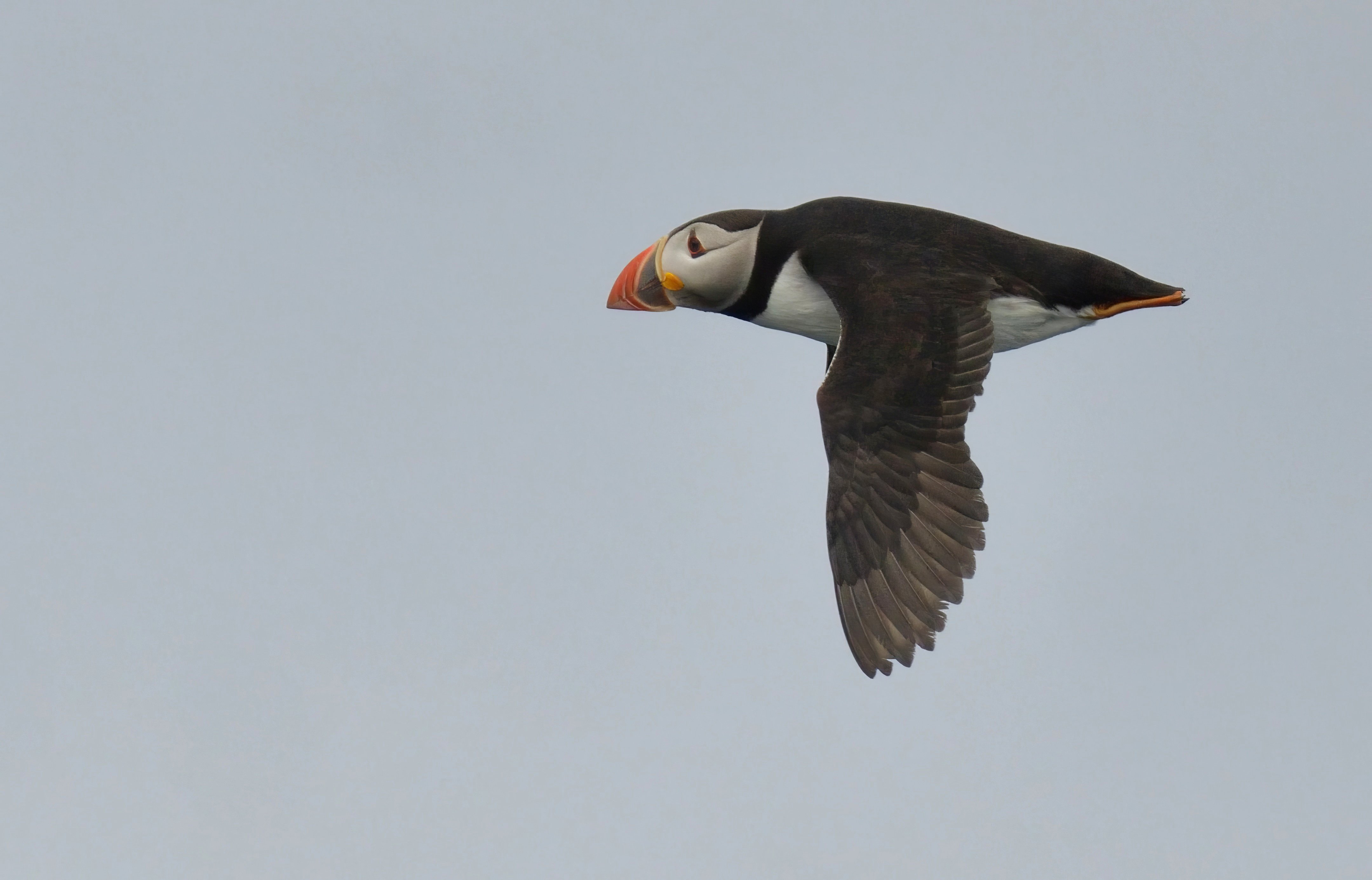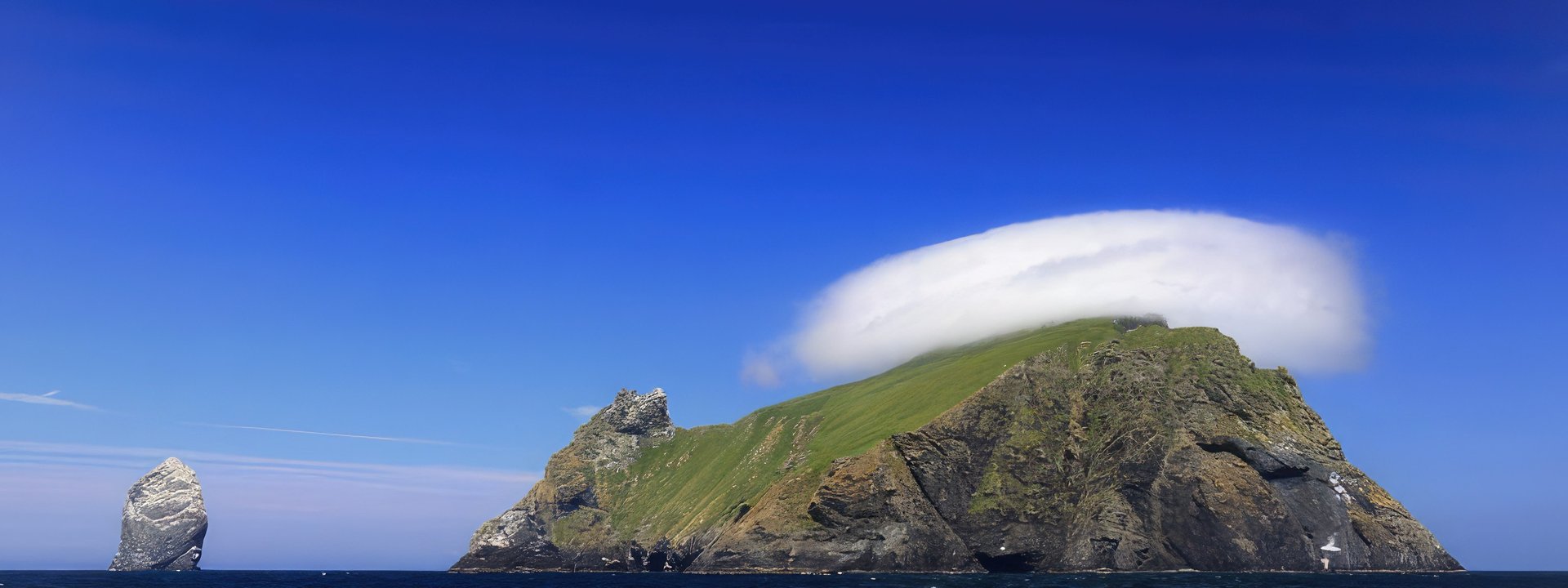Scotland
St Kilda and the Hebrides
A Hebridean cruise to Saint Kilda, the Shiant Isles and much more!
Stretching over 200 miles from north to south, the islands off the west coast of Scotland are a perfect place to explore by ship and on this special cruise, we plan to visit many of the highlights including the spectacular archipelago of St Kilda.
Travelling on a comfortable expedition ship and with just ten clients aboard, our voyage will sail from a conveniently located marina near Oban. Over the next ten days, our itinerary will take us to iconic locations such as Canna, Rum, Skye, Shiant Isles, Lewis, and the World Heritage Site of St Kilda.
Sailing in the middle of summer, many of the birds will be breeding and we can expect to enjoy the huge gannet colony at Stac Lee (near St Kilda), as well seeing Puffins, Razorbills, Guillemots, Manx Shearwaters, Fulmars and hopefully both European and Leach's Storm Petrels. White-tailed and Golden Eagles are both possible and ashore on St Kilda, we plan to look for the endemic subspecies of Wren. Other islands we may visit include Barra and both North and South Uist and this is where we hope to find the elusive Corncrake.
Marine mammals should also be a feature of our holiday with Common Dolphin, Harbour Porpoise, Northern Minke Whale and both Grey and Common Seals all possible and we will also hope to find Otters when exploring some spectacular coastlines.
Tour Dates & Prices
Wed 9th July 2025
Sat 19th July 2025
- Phone Us to Book
Tour Cost: 11 Days from £3790
What's Included?
Ten nights’ full board cruise, including snacks with morning coffee and afternoon tea, complimentary pre-dinner aperitif and wine or lager with each two-course dinner, towels and bed linen, the services of your crew and Limosa guide during the cruise and wildlife checklist.
Cost Excludes
Transport to and from departure port, insurance, meals and drinks outside of those listed within the itinerary, and other items of a personal nature.
Notes
Single cabin: £3590 Waitlist Only
Semi-ensuite twin cabin: £3790 per person or £7580 for single occupancy Two cabins currently available
Ensuite double/twin cabin: £3990 per person or £7980 for single occupancy Waitlist Only
Note: The itinerary is given as a guide only and will be subject to weather and sea conditions.
Tour Highlights
- ten nights on a comfortable expedition ship
- explore some of the most iconic islands in Scotland including St Kilda, Shiant Isles, Syke, Rum and Barra
- visit the World Heritage archipelago of St Kilda which has the largest seabird colony in Europe
- sail offshore from one of the largest Northern Gannet colonies in the world on Stac Lee
- explore ashore looking for Corncrake and both White-tailed and Golden Eagles
- expect to see all four UK breeding species of auk – Atlantic Puffin, Common Guillemot, Black Guillemot and Razorbill
- search for Otters and both Grey and Common Seals whilst exploring scenic island bays
- at sea look for Common Dolphin, Harbour Porpoise, Northern Minke Whale and Basking Shark as well as Leach's and European Storm Petrels
- accompanied by Limosa Tour Leader Christopher Hall
Outline Itinerary
Depart Oban, Firth of Lorn
Tobermory, Rum, Canna, Outer Hebrides
St Kilda and Hirta
Return via Shiant Isles
Disembark near Oban
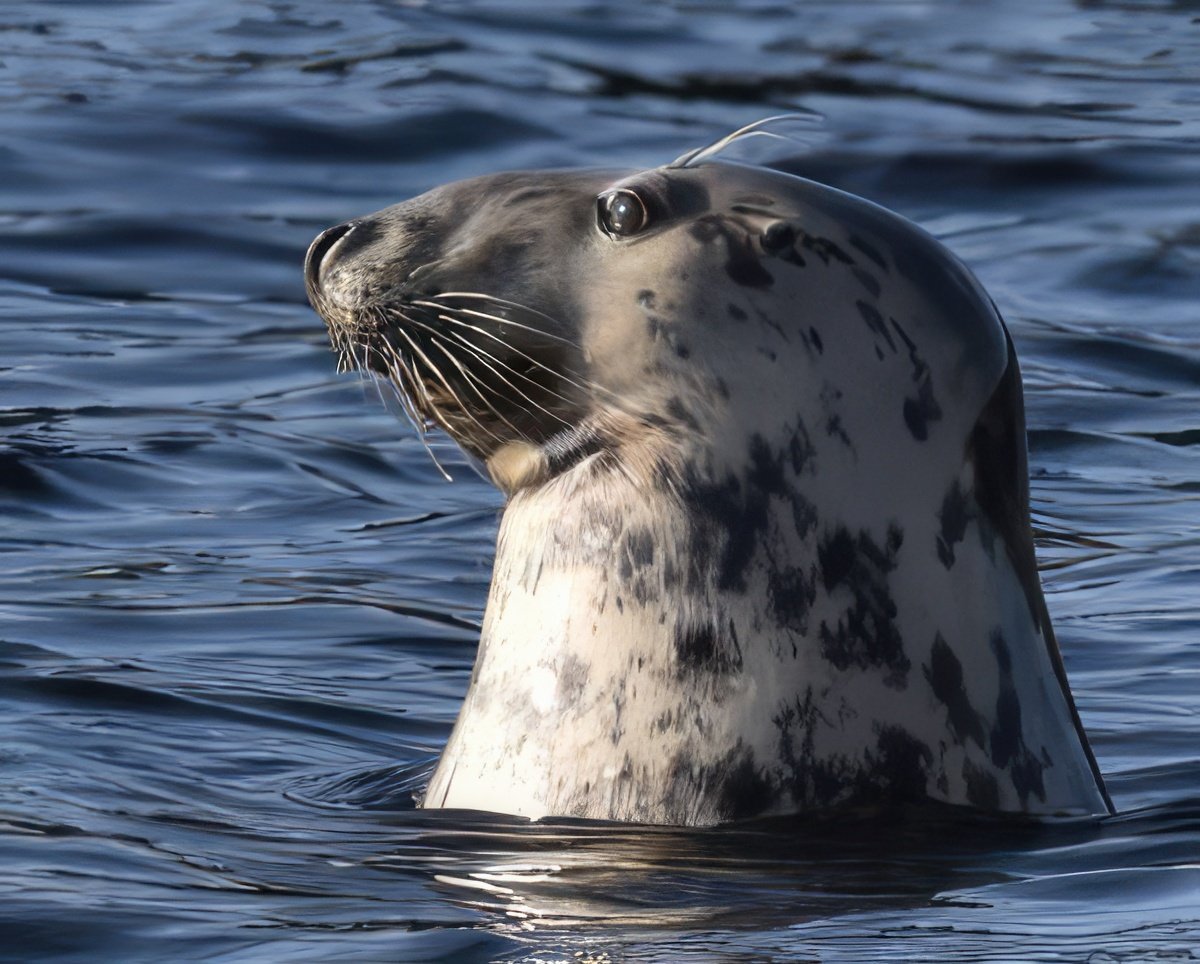
Embarking near Oban, this fabulous cruise Isles is an incredible opportunity to visit some of the best parts of the United Kingdom. Over the course of ten days, we plan to explore the fantastically scenic islands of the Western Isles landing on islands such as Mull, Rhum, Canna, Barra, North and South Uist, the Monach Isles, Skye and the ‘enchanted’ Shiant.
Our ultimate goal, however, is to reach Saint Kilda, a remote archipelago of four small islands which are 45 miles west of the Outer Hebrides. Despite their location, these were inhabited for two thousand years with the last permanent residents only leaving in 1930!
Weather permitting, we hope to anchor for two nights in Village Bay off Hirta which has Britain’s highest cliff and towers an incredible 1,397 feet above the sea!
Saint Kilda is also one of the very few places in the British Isles where Leach’s Storm Petrel breeds, whilst nearby Soay is home to the Soay Sheep, an ancient breed which has many similarities to the ancestral wild Mouflon.
Smaller Dun has a colony of over a quarter of a million Puffins and rugged Boreray is home to 20% of the world’s Northern Gannet population, which all helps to explain why this remarkable must-see location is not only a National Nature Reserve but also a UNESCO World Heritage Site.
As well as all the seabirds, we also hope to see a wealth of other wildlife such as Orca and Minke Whale, dolphins, porpoises, seals, Basking Sharks, Otters and Red Deer, as well as exciting birds like White-tailed and Golden Eagles, Hen Harrier, Corncrake and Twite.
On this voyage of discovery, we sail aboard the comfortable expedition ship Seahorse II. Originally built as a ferry for the Norwegian fjords, it has been completely refurbished as a very comfortable seven-cabin cruiser. The vessel is powerful enough to reach the far-flung Outer Hebrides but, nevertheless, small enough to anchor in secluded tranquil bays.
Our three crew consist of an experienced local skipper, an ever helpful bosun and a chef, serving excellent meals amid the ever-changing breathtakingly dramatic scenery.
You could be one of just ten privileged explorers able to join this extraordinary cruise, with landings at some stunning and remote locations where we experience the beautiful landscapes and fabulous wildlife.
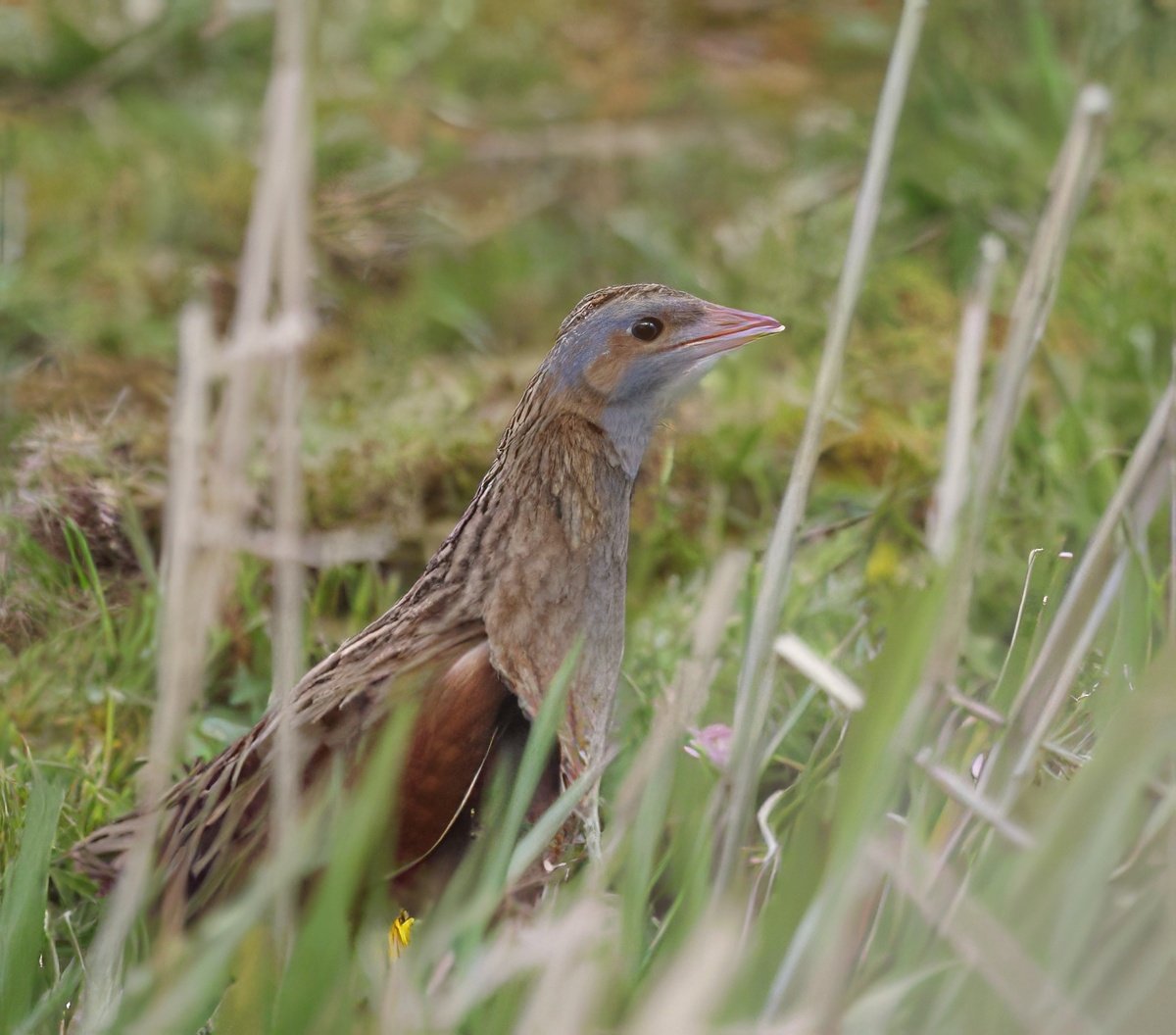
Day 1
We plan to board Seahorse II in the early afternoon at Dunstaffnage marina, which is three miles north of Oban. After a short introduction to life aboard our comfortable home for the next ten nights, we plan to set sail heading west into the Firth of Lorn. We can expect to almost immediately find our first wildlife of the cruise with the decent chance of our first Black Guillemots and seals.
The exact itinerary we then follow over the next ten days will remain flexible and determined by the weather conditions, tides and wildlife sightings but we hope to visit most, if not all of the locations, highlighted on the map below.
Our landings could, for example, begin with a visit to Loch Spelve on the Isle of Mull, a sheltered sea loch with a healthy population of Otters and the opportunity to look for a selection of waders such as Ringed Plover, Oystercatcher and Common Sandpiper along the shore, whilst we remain vigilant for dolphins and other marine mammals as we travel.
Days 2-4
Sailing west along the scenic Sound of Mull, we may well spot White-tailed Eagles enroute to the colourfully picturesque waterfront town of Tobermory.
Passing the Point of Ardnamurchan, the most westerly point of mainland Britain, we will see the islands of Muck and Eigg on our approach to Rhum.
This entire island is a National Nature Reserve with several pairs of Golden Eagles, a healthy population of Red Deer and Britain’s largest colony of Manx Shearwaters, numbering in excess of 100,000 pairs! Doubtless we shall encounter plenty of these birds during the cruise.
A little further west is Canna, one of the most beautiful of the smaller isles, with more eagles, a rich sand-loving flora known as Machair and 600-foot cliffs which plunge into the sea.
Continuing west, we reach the Outer Hebrides where we may call at Castlebay on Barra, in sight of Kisimul Castle, the fifteenth century seat of the chief of Clan MacNeil.
West of North Uist, we reach the Monach Isles, another National Nature Reserve with one of the largest Grey Seal colonies on earth!
The Western Isles are also a stronghold of the elusive Corncrake, and we will do our best to spot this tricky summer visitor. Hearing it is often much easier than seeing it but with islands such as South Uist, Benbecula and North Uist all potentially on our itinerary, we will hope to catch up with it at some point during our cruise.
Days 5-6
By now, we should be less than forty miles from Saint Kilda and its awesome seabird colonies where, weather permitting, we hope to go ashore on Hirta to explore the long-abandoned village, meet the local Soay Sheep and find the oversized Saint Kilda Wren, which is endemic to this remote archipelago and thought to number only a hundred or so pairs.
The cliffs of this amazing place are the breeding grounds for Common Guillemots, Razorbills and Kittiwakes, whilst the grassy slopes are where Atlantic Puffins have their burrows.
Assuming the weather is kind, we should have plenty of time to explore this incredible archipelago and may even circumnavigate it from our trusty ship.
Days 7-10
After what should be an incredible and highly memorable time at St Kilda, we will reluctantly head back east, with one option being a visit to the tiny but stunningly wild and beautiful Shiant Isles. These islands are home to one of the largest seabird colonies in the North Atlantic with some 300,000 birds including 7% of Britain’s Razorbills and over 200,000 Puffins making up a tenth of the British population!
Day 11
We expect to arrive at Dunstaffnage marina after breakfast and will reluctantly disembark from Seahorse II around 11am.
Please note: All itineraries are subject to weather, local conditions and final approval by the relevant authorities.
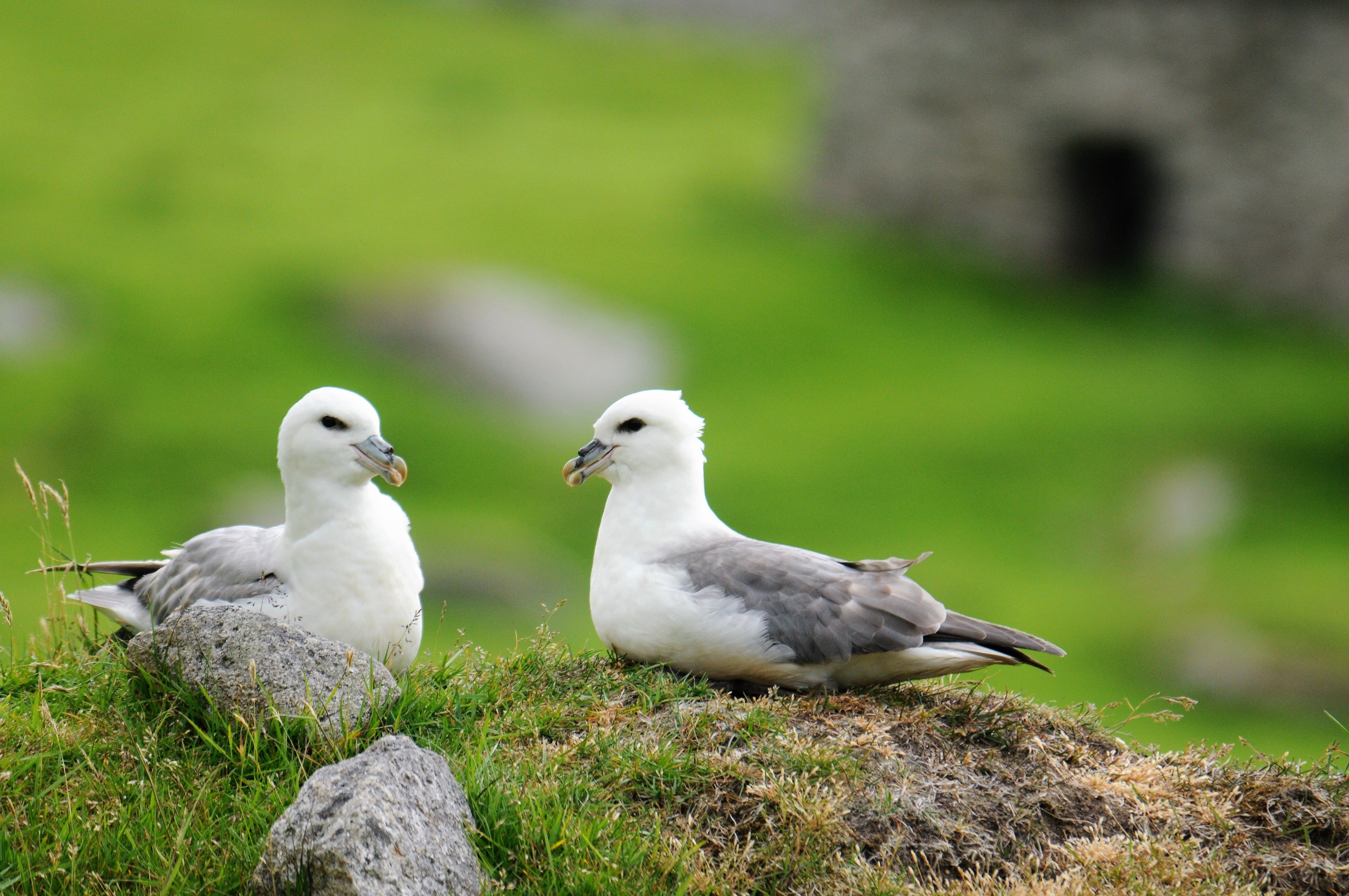
Group size: A maximum of ten participants with one Limosa leader.
What to expect: A 11-day birdwatching and general wildlife holiday exploring the Western Isles with ten nights on the comfortable expedition ship Seahorse II.
Our itinerary once aboard the vessel is flexible and we will adjust this to maximise on your experience with all activities subject to weather and sea conditions. There will be a short briefing every evening to outline our plans for the following day, but flexibility will always be key.
THE SHIP
Seahorse II is 82 feet long and was built to the highest standard for the Norwegian fjords and life in the high northern latitudes. She has a 10mm Swedish steel hull and is air-conditioned and heated throughout.
Seahorse II can carry a maximum of ten guests (plus our Leader) and there are two double/twin ensuites (with shower, toilet and washbasin), two twin semi-ensuites (with toilet and washbasin), two single cabins and two single cabins (all with a washbasin).
There is a wonderful deck saloon where we dine and can view the spectacular Hebridean scenery and wildlife. A bridge full of the best navigational aids, a high foredeck for wildlife spotting and a boat deck for lounging, she is the perfect vessel for life afloat.
On the spacious aft deck (which is ideal for alfresco dining), there is a crane for launching Seahorse II's tender, two sea kayaks and paddleboard, as well as plenty of room for wildlife watching.
We will use the tender to go ashore with most landings likely to be on beaches.
There is a crew of three including a highly experienced skipper, bosun and chef.
WALKING
The walking should be mostly easy and will always be taken at a gentle pace but there may be occasions on some islands where we want to climb to enjoy the view or to reach a seabird colony.
You might consider bringing a walking pole if it normally proves helpful to you on uneven ground.
Although most walks will be relatively short in duration, some participants may find it helpful to bring a lightweight collapsible stool.
Comfortable, lightweight walking shoes or boots with stout soles and good grip are recommended.
